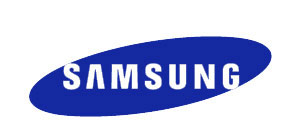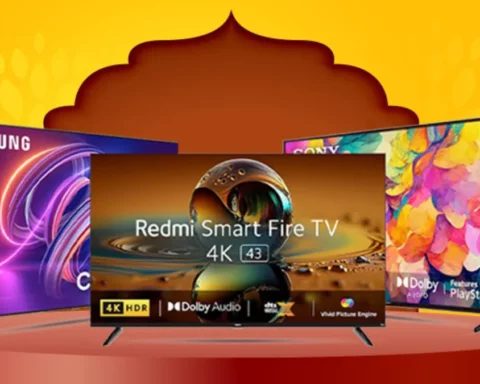• Launches digital radiography and in-vitro diagnostics machines into the Indian market
• To be marketed under the Medical brand name of ‘GEO’

Samsung India strengthened its presence in the Health and Medical Equipment Business in the country by launching Digital Radiology and In-vitro diagnostics equipment and technologies under the GEO Brand in the country. The GEO brand includes XGEO for digital radiography, UGEO for ultrasound diagnostic system and LABGEO for in-vitro diagnostics.
“We are leveraging our strengths in technology and R& D to offer medical products that offer fast, easy and accurate diagnosis to both doctors and patients. We are focusing on time engineering that enhances the efficiency of all products being used in hospitals and clinics. By upholding customer values as its top priority, Samsung will continue to develop products which will improve the quality of people’s lives through its advanced technologies and contribute to the growth of the global medical equipment industry,” said Mr. Dinesh Lodha, Vice President, Health & Medical Equipment Business at Samsung Electronics.
In the area of digital radiography, Samsung has launched three machines, the XGEO GC80, XGEO GU60 and the XGEO GR40 which cater to requirements across all Digital Radiography market segments. Targeted at large and medium-sized hospitals, the digital radiography machines are incorporated with the ultrasensitive Flat Panel Detector with the proprietary ALDAS (Advanced Low Dose Amorphous Silicon Sensor) technology.
Making it convenient to take to take your laboratory wherever you want, Samsung new In-vitro diagnostics devices inspire confidence with fast and accurate diagnosis. Samsung LABGEO PT10 not only provides fast diagnosis with test results in just 7 minutes, but also improves patient satisfaction by reducing waiting time. Furthermore, the test can be performed using a small amount of blood (under 70 μL), making it easier to test the blood of children and seniors.








